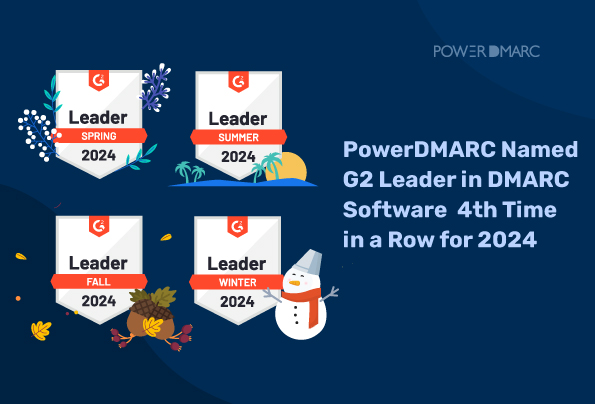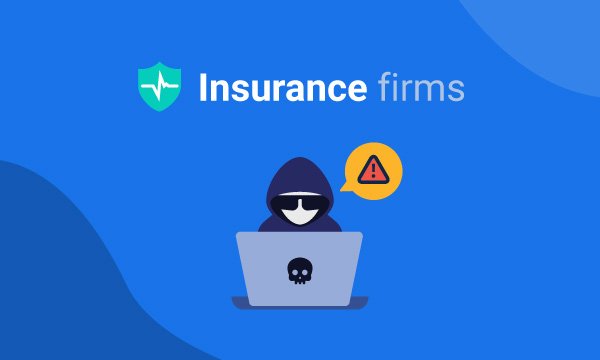
PowerDMARC Named G2 Leader in DMARC Software for the 4th Time in 2024
NewsPowerDMARC is recognized as a G2 Leader in DMARC Software for the fourth time in 2024, reflecting our commitment to innovation and customer satisfaction in email security.

How Phishing Scams Are Using Office 365 to Target Insurance Firms
NewsEmail is often the first choice for a cybercriminal when they’re launching because it’s so easy to exploit. Unlike brute-force attacks which are heavy on processing power, or more sophisticated methods that require a high level of skill, domain spoofing can be as easy as writing an email pretending to be someone else.

How Attackers Are Using the Coronavirus to Scam You
NewsAs organisations set up charity funds around the world to fight Covid-19, a different sort of battle is being waged in the electronic conduits of the internet. Thousands of people around the world have fallen prey to email spoofing during the coronavirus pandemic. It’s become increasingly common to see cybercriminals use real domain names of these organisations in their emails to appear legitimate.
